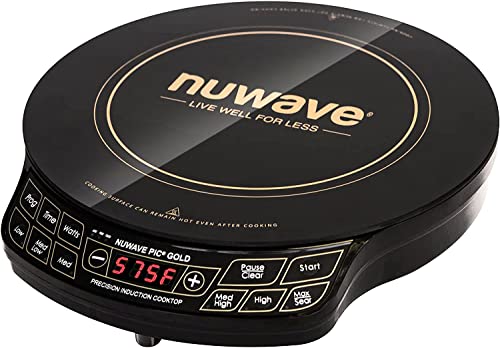[size=small]This was a question on Amazon about Goal Zero's Lithium Yeti batteries(the question seemed kinda confusing but Goal Zero answered)[/size]
[size=small]"[font=Arial, Helvetica, Helvetica, sans-serif]How does the yeti handle low battery? damage the batteries by leaving them hooked up to a load? output voltage at low bat.?max # charge cycles?"[/font][/size]
[size=small]The Goal Zero Yeti 1400 Lithium is equipped with battery protection. Once the battery is "dead" the unit will make a chirping noise to remind you to recharge. This will continue for roughly six months before any damage to the battery occurs. Shelf life from full charge to a point where damage may occur is roughly eighteen months. The optimal storage for the battery is to charge to 80%, let drain to 20% and repeat. The second best option is to maintain a constant charge on the battery via an AC outlet or solar trickle charger. The Yeti 1400 has roughly 500 empty to full charging cycles before the battery capacity drops to 80% (still very usable well beyond the initial 500 cycles). The outlet ports vary. AC outlets are 120 volts, USB are 5 volts and there is a 12 volt outlet as well. These are regulated ports so the voltage will remain consistent from full to empty. Once the unit can no longer sustain the voltage of the port in use it will turn off and require recharging. see less
By Goal Zero MANUFACTURER on June 14, 2017[/size]
Wow, only 500 cycles b4 20% decline for such an expensive battery doesn't seem great. Another person asked if they had replacement batteries once the original died:
There is currently no lithium replacement option at this time but we were advised that there may be one in the future. If you have any other questions you can reach us at 877-548-3387.
By Earthtech Products SELLER on April 24, 2017
[size=small]"[font=Arial, Helvetica, Helvetica, sans-serif]How does the yeti handle low battery? damage the batteries by leaving them hooked up to a load? output voltage at low bat.?max # charge cycles?"[/font][/size]
[size=small]The Goal Zero Yeti 1400 Lithium is equipped with battery protection. Once the battery is "dead" the unit will make a chirping noise to remind you to recharge. This will continue for roughly six months before any damage to the battery occurs. Shelf life from full charge to a point where damage may occur is roughly eighteen months. The optimal storage for the battery is to charge to 80%, let drain to 20% and repeat. The second best option is to maintain a constant charge on the battery via an AC outlet or solar trickle charger. The Yeti 1400 has roughly 500 empty to full charging cycles before the battery capacity drops to 80% (still very usable well beyond the initial 500 cycles). The outlet ports vary. AC outlets are 120 volts, USB are 5 volts and there is a 12 volt outlet as well. These are regulated ports so the voltage will remain consistent from full to empty. Once the unit can no longer sustain the voltage of the port in use it will turn off and require recharging. see less
By Goal Zero MANUFACTURER on June 14, 2017[/size]
Wow, only 500 cycles b4 20% decline for such an expensive battery doesn't seem great. Another person asked if they had replacement batteries once the original died:
There is currently no lithium replacement option at this time but we were advised that there may be one in the future. If you have any other questions you can reach us at 877-548-3387.
By Earthtech Products SELLER on April 24, 2017









































































